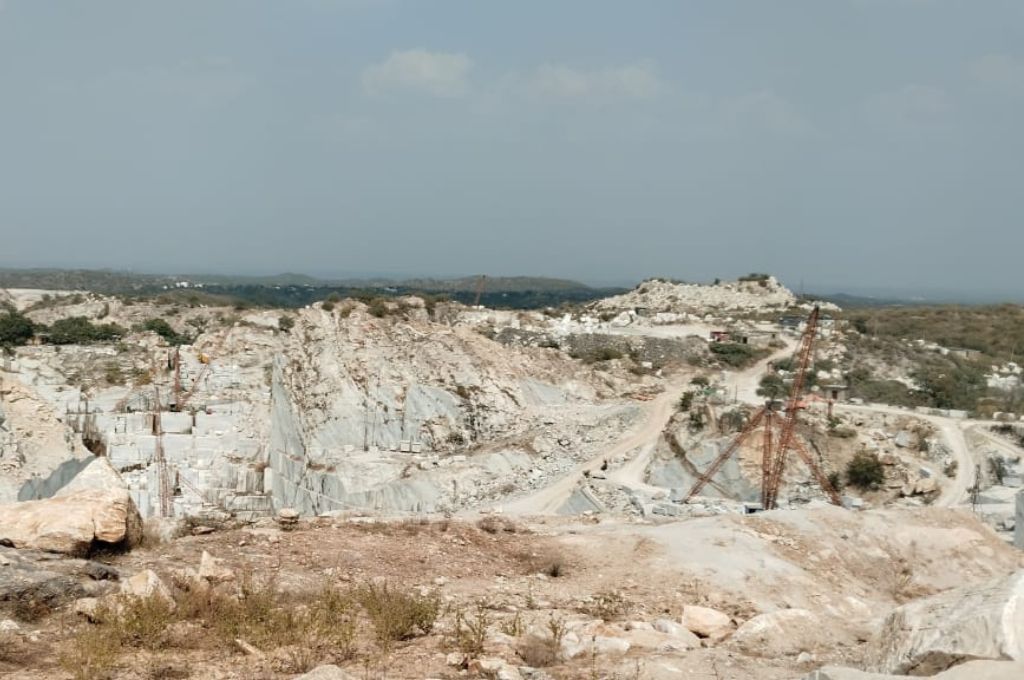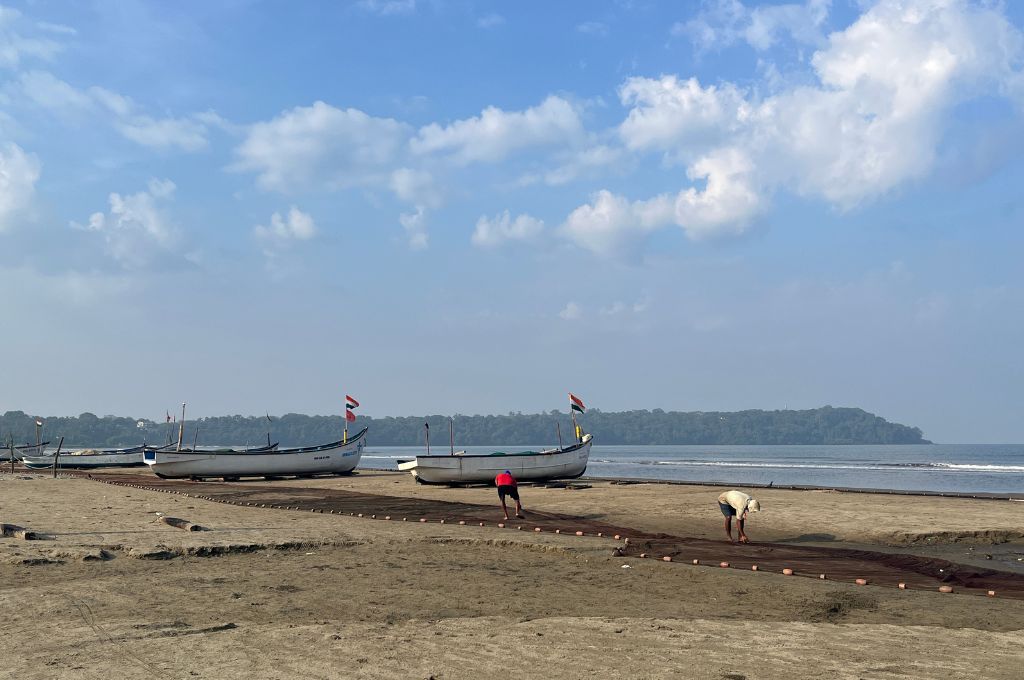READ THIS ARTICLE IN
A Rajasthan village uses a unique strategy to oust the mining mafia

Rajwa village in Rajasthan’s Rajsamand district is situated in the Aravallis. The residents of this village have limited land for farming, prompting many to migrate to seek employment opportunities in other states or rely on animal husbandry for survival. Women primarily engage in work provided under MGNREGA.
Mining mafias have been active in Rajwa since 2014. They have acquired swathes of marble-rich land, which they either purchase privately from villagers or obtain on lease, often in violation of land laws. Previously, these tracts of land were pasture grounds. Currently, there are five active marble mines in this region, collectively spanning an area approximately 4 kilometres long and 500 metres wide. The influence of the mining mafia is so deep that people attempting to graze their animals on these lands are threatened with being taken to the police.
Those who had marble on their land started selling it to meet their economic needs and repay their debts. As a result, more than half of the village pastureland is now being mined. Land that was once used for diverse purposes—grazing animals, MGNREGA work, and gathering wood—has gradually transformed into bigger and deeper mining pits.
Faced with these challenges, the people of Dhora, a hamlet in Rajwa where the first mine of the area became operational, took the initiative to close a newly started mine. Those who had sold their land also realised their mistake and sought help from the rest of the village to get it back. But since the mining owners held a 60-year lease, they could not get any help from the administration.
People had to think of innovative solutions in response to the situation. At the mining site stood a temple dedicated to the folk deity, worshipped by most of the village community. The villagers collectively resolved to protest peacefully, without vandalism and violence, to protect the land in the name of their god. The residents of Dhora packed their belongings—including bags, bedding, and livestock such as sheep, goats, cows, and buffaloes—and committed to occupying the land for the whole day. Approximately 150 people began to sit on the ground every day, effectively halting mining operations.
The women went one step further and decided to save the environment in a way that is a legitimate mode of expression in the community, even though others might consider it as superstition. This unique method—locally known as bhav—is a response to spirit possession where people manifest emotions of the spirit or divine presence that is inhabiting their bodies. As a strategy to oust the mining company, local women pretended to experience bhav. It appeared as though some divine power had become a part of them, leading to extreme emotional and physical responses—such as swaying, chanting, rolling on the ground, and talking to a spirit, deity, or mata (mother goddess). Amidst the protest, 30–40 women who were formerly engaged in MGNREGA work on the same land joined the demonstrations. They experienced bhav after organising themselves into groups of ten. Meanwhile, the men assumed responsibility for the household tasks typically undertaken by women.
This continued for a month. When the mine owners realised that the locals were not going to let up, they started to fear that people in other villages would take inspiration from this demonstration and try to remove the mining companies from those areas as well, so they vacated the place. That mine hasn’t been functional for the past two years. But there are still four more working mines in the area, and the environment is being ravaged by excess excavation.
Ishwar Singh is a cultural and social activist who works on issues of labour and education.
—
Know more: Learn more about the impact of sand mining in Gujarat’s Chhotaudepur district.
Do more: Connect with the author at [email protected] to learn more about and support his work.



